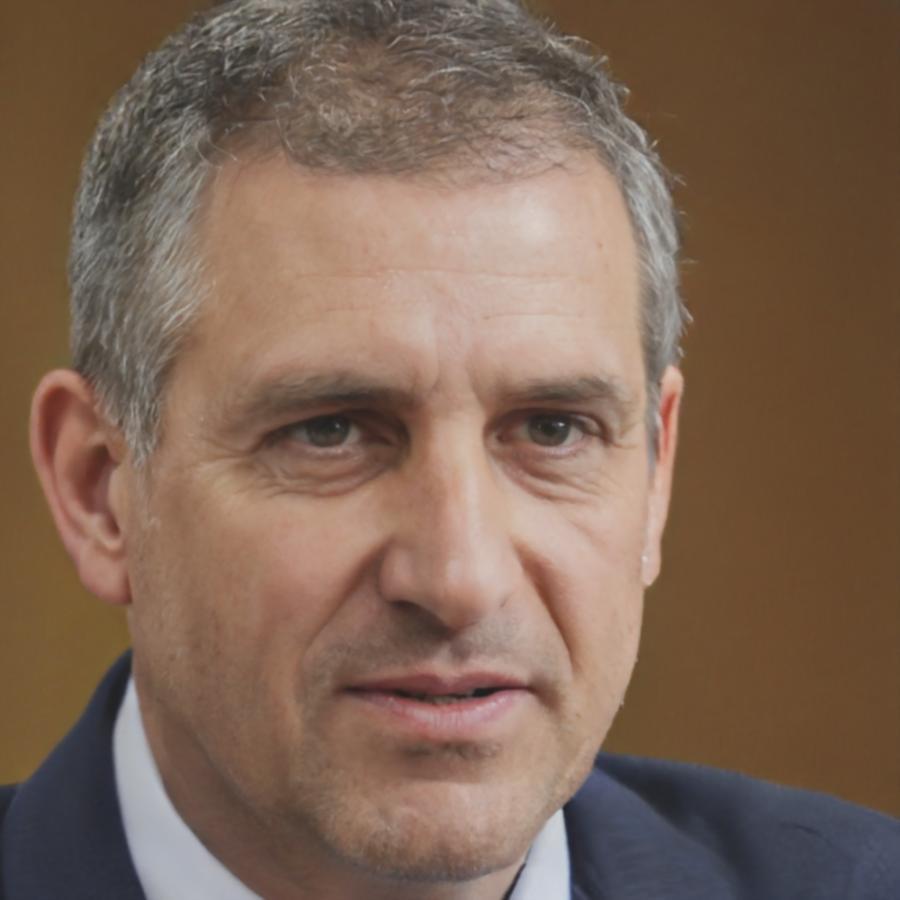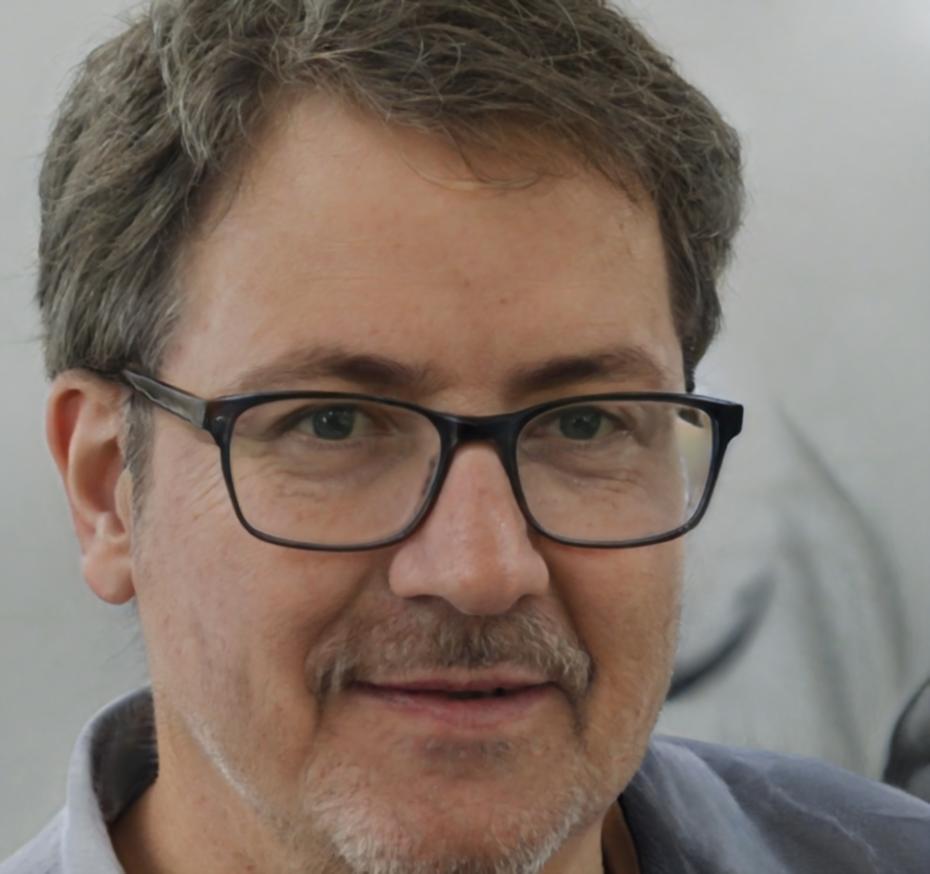Project-Based Learning Structure
Starting September 2025, our cohorts work through actual
case studies drawn from Philippine markets. You'll tackle real scenarios — from startup
valuations in Baguio's growing tech sector to investment analysis for regional
businesses.
Each module builds on the previous one, but we don't
move forward until concepts click. Some groups speed through valuation methods in three
weeks. Others need five. That's completely fine.
- Work with actual financial data from regional companies
- Build models that reflect Philippine market conditions
- Receive detailed feedback on your analytical approach
- Collaborate with peers facing similar learning challenges
- Access recorded sessions for review at your own pace





